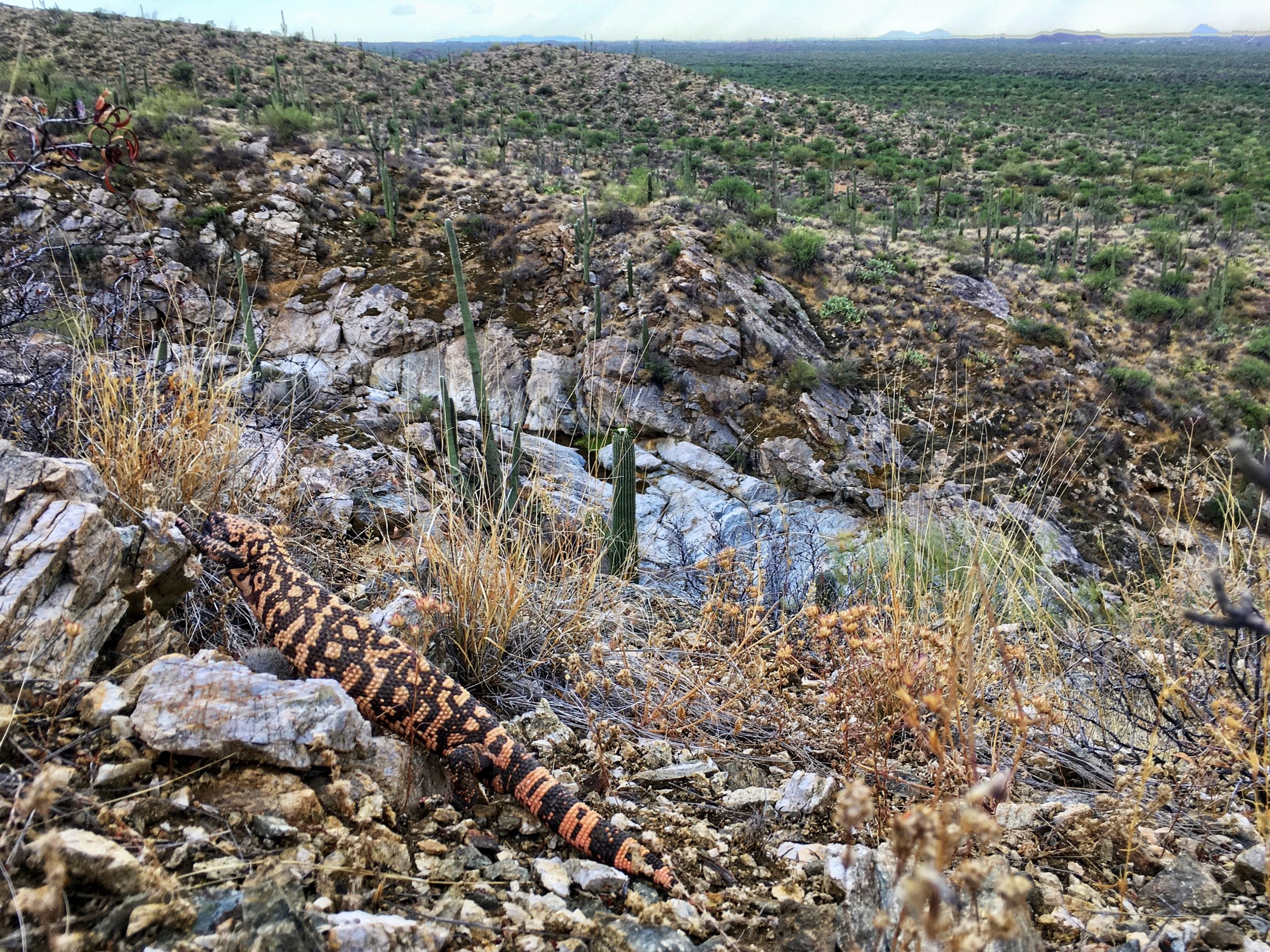Feds award $309M contract for 27 miles of border wall in Arizona’s Tucson sector
Arizona Republic (June 20, 2025) by Raphael Romero Ruiz
U.S. Customs and Border Protection awarded more than $309 million to Fisher Sand and Gravel Co. to build 27 miles of border wall in Arizona’s Tucson Sector.
This is the second contract for border wall construction awarded since President Donald Trump’s return to the White House. The new project will use funds from a 2021 congressional appropriation to “close critical openings in the border wall” following the halt of border wall construction under former President Joe Biden, the CBP announced June 18.
The federal government will pay Fisher Sand and Gravel Co., a North Dakota-based company, $309,463,000 over the next two and a half years. The construction company, a family business operated by Tommy Fisher, is a well-known fixture of border wall construction in the Southwest.
During the first Trump administration, Fisher’s company was tapped to build many projects across the Arizona-Mexico border as well as in New Mexico and Texas, landing approximately $2 billion in wall contracts.
“Continuing border wall construction in Tucson will support the Department of Homeland Security’s ability to impede and deny illegal border crossings and the drug and human smuggling activities of transnational criminal organizations,” the federal agency said in a written statement.
The announcement of new construction comes as officials from the Trump administration continue to tout having “the most secure border in this nation’s history,” as Border Czar Tom Homan said as recently as June 17.
Environmental groups have long opposed further border wall construction in the Sonoran Desert, claiming the federal government risks creating an “ecological disaster.”
“The San Rafael Valley is one of the most important migration corridors in North America,” Myles Traphagen, the Wildlands Network’s Borderlands Program Coordinator, told The Arizona Republic June 18. “The re-colonization of the Jaguar to the U.S. will be stopped dead in its tracks after this wall is completed.”
In April 2025, CBP confirmed it would soon offer new contracts for border wall construction, including one segment stretching 25 miles from the Patagonia Mountains through the Huachuca Mountains, sealing off the San Rafael Valley.
At the time, the Sierra Club Grand Canyon Chapter said the move “isn’t just another politically-motivated project — it’s an ecological catastrophe.”
“This valley represents Southern Arizona’s last unwalled major biodiversity hotspot in the border region, a critical wildlife corridor in the middle of the Sky islands and in the birthplace of the Santa Cruz River, where species like the endangered jaguar and ocelot, as well as black bear and other species roam,” Sierra Club borderlands coordinator Erick Meza said in a statement Apr. 21.
Last week, Homeland Security Secretary Kristi Noem waived dozens of environmental laws, including one that requires federal agencies to consider the environmental impact before undertaking projects, to build a 35-mile-long stretch of barrier.
According to a “Notice of Determination” published in the Federal Register, Noem plans to construct two new sections. The first will start a mile west of Border Monument 121 — just east of the Mariposa port of entry in Nogales — and run east to Border Monument 117, closer to the Patagonia Mountains. The second will begin at Border Monument 99 near the Huachucas and extend west along the border for approximately 33.4 miles.
The latter would include the beginning of the Arizona Trail within the Coronado National Memorial.
Fans of the 800-mile hiking route that starts at the Grand Canyon State’s border with Mexico and ends at the Utah-Arizona state border rallied against border wall construction proposed during the first Trump administration.
The trail’s southernmost point was inaccessible for more than a year due to construction that began in the summer of 2020, as contractors hauled steel and blasted through mountain ranges with dynamite. It reopened to hikers again at the end of 2021.
The document published by the Office of the Secretary of DHS said there is “presently an acute and immediate need” to build more border wall mileage to “prevent unlawful entries into the United States in the project area.”
To read the rest of the article online, click here.












